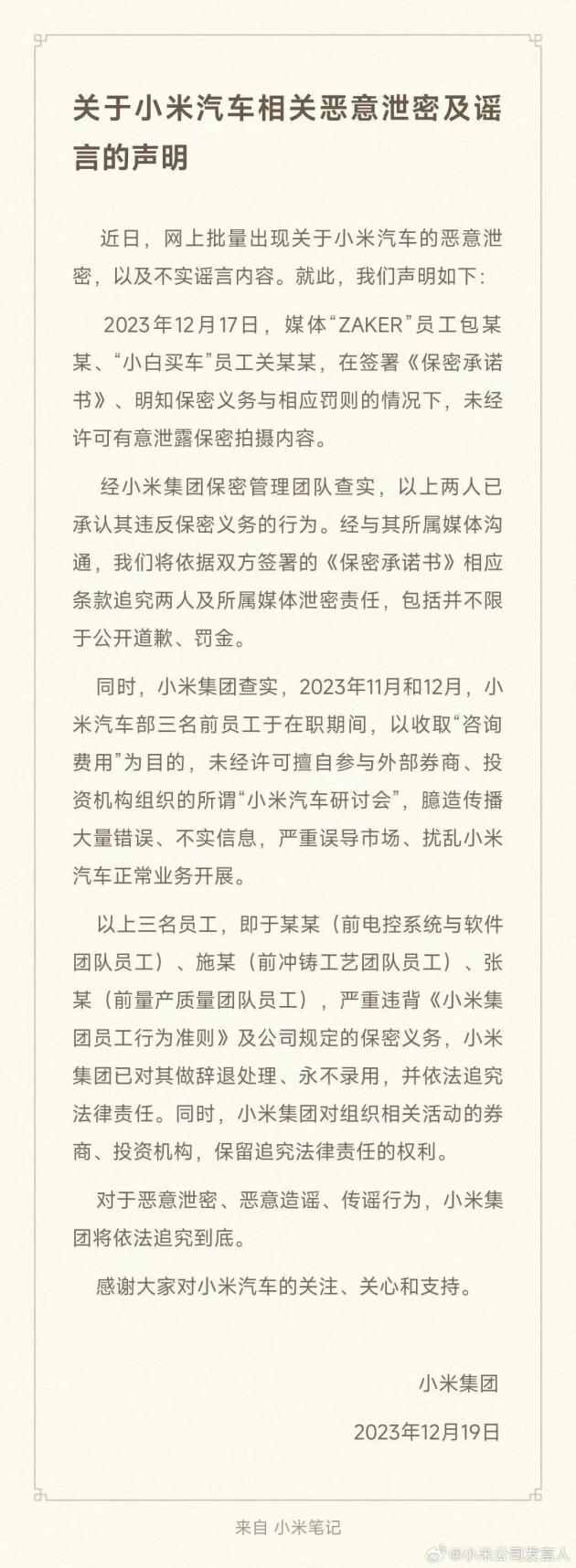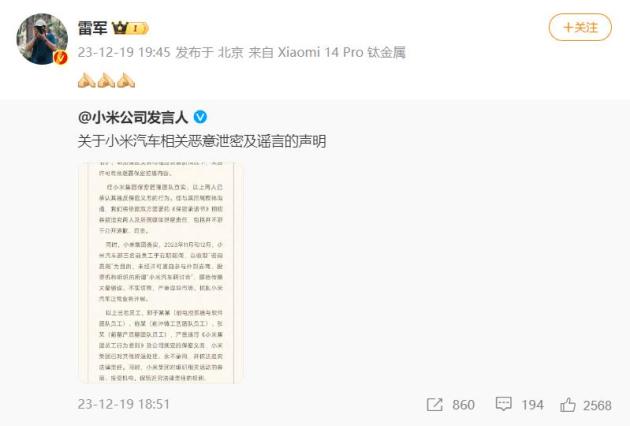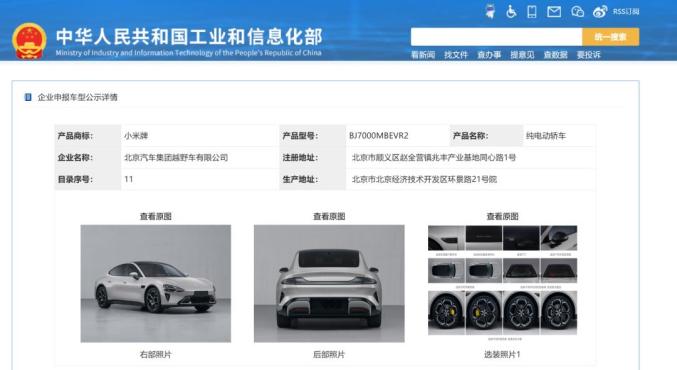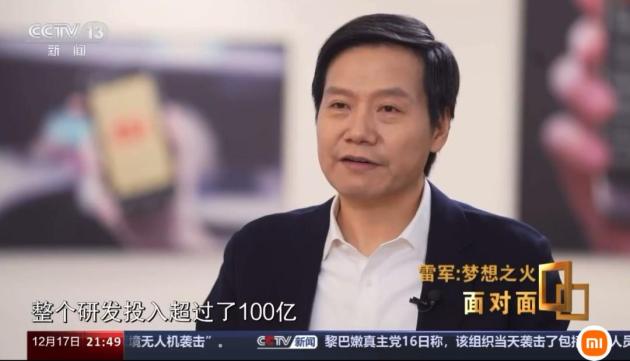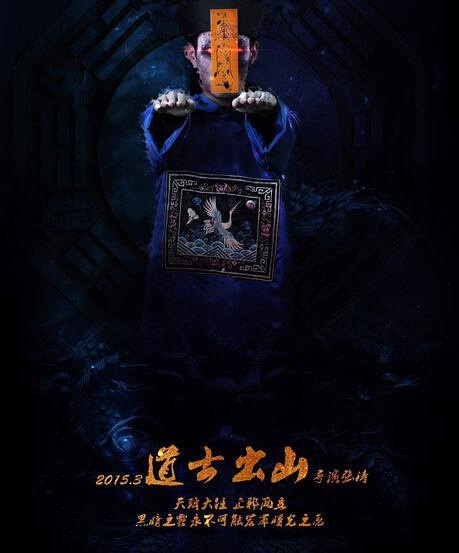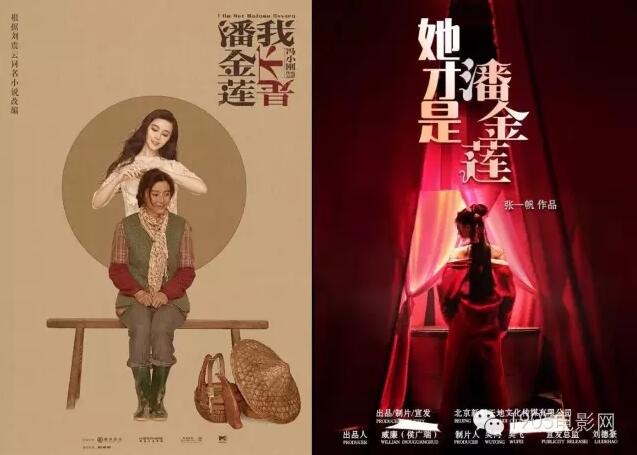(Original title: Weekly news: CPI turns negative again; China’s gold reserves "increased for 12 consecutive years"; IMF raises China’s economic growth forecast this year and next; China Ping An denied the acquisition of Country Garden)
A picture reviews the important news that affects the market trend.
China’s CPI in October decreased by 0.2% year-on-year, and PPI decreased by 2.6%.
Statistics from the National Bureau of Statistics show that in October, the national consumer price dropped by 0.2% year-on-year. In October, the ex-factory price of industrial producers nationwide decreased by 2.6% year-on-year, which was the same as that of the previous month. The purchase price of industrial producers decreased by 3.7% year-on-year and increased by 0.2% quarter-on-quarter. From January to October, the ex-factory price of industrial producers decreased by 3.1% compared with the same period of last year, and the purchase price of industrial producers decreased by 3.6%.
At the end of October, China’s gold reserves reported 71.2 million ounces, increasing its gold reserves for the twelfth consecutive month.
According to data from the central bank, China’s foreign exchange reserves at the end of October stood at $3,101.22 billion, a decrease of $13.85 billion from the previous month. At the end of October, the gold reserve reported 71.2 million ounces (about 2214.57 tons), an increase of 740,000 ounces (about 23.02 tons) from the previous month, and the gold reserve increased for the twelfth consecutive month.
General Administration of Customs: In October, the monthly growth rate of China’s import and export of 3.54 trillion yuan changed from a year-on-year decline for four consecutive months to an increase of 0.9%.
According to the data released by the General Administration of Customs, the total import and export value of China’s goods trade in October was 3.54 trillion yuan, and the monthly growth rate changed from a year-on-year decline for four consecutive months in June to an increase of 0.9%. In the first ten months of this year, the total import and export value of China’s goods trade was 34.32 trillion yuan, a slight increase of 0.03% year-on-year.
IMF raises China’s economic growth forecast this year and next.
The International Monetary Fund (IMF) announced on the 7th that China’s economy is expected to grow by 5.4% in 2023, 0.4 percentage points higher than the forecast in October this year.
Central Bank: Real estate policy will be adjusted and optimized in due course.
On the 9th, the central bank issued the Report on Regional Financial Operation in China (2023), which mentioned that the real estate policy should be adjusted and optimized in time to adapt to the new situation of major changes in the supply and demand relationship in the real estate market, so as to promote the stable and healthy development of the real estate market.
Central Bank: Steadily and prudently promote the internationalization of RMB, steadily and orderly promote the comprehensive institutional opening of financial markets.
On the 9th, the Macro-Prudence Administration of the Central Bank issued "Steadily and Steadily Promoting the Internationalization of RMB", proposing to further improve the openness and access of China’s financial market, improve the liquidity of RMB financial assets, enrich risk hedging tools and improve the convenience of foreign exchange transactions.
Pan Gongsheng, Governor of the Central Bank: When necessary, the central bank will also provide emergency liquidity support to areas with relatively heavy debt burdens.
Pan Gongsheng, governor of the central bank, said on the 8th that the financial sector has taken a number of measures with relevant departments to actively support local governments to steadily resolve debt risks. When necessary, the central bank will also provide emergency liquidity support to areas with relatively heavy debt burdens.
Four ministries and commissions held a symposium on housing financing to understand the financial situation of the real estate industry and the financing needs of enterprises. Vanke, Poly and Longhu attended the meeting.
The People’s Bank of China, the Ministry of Housing and Urban-Rural Development, the General Administration of Financial Supervision, and the China Securities Regulatory Commission jointly convened a discussion with several housing enterprises on the afternoon of the 7th to learn about the financial situation of the industry and the financing needs of enterprises. Participating enterprises include Vanke, Poly, China Resources, China Shipping, Longhu and Jindi.
Minister of Commerce: We will continue to promote the whole chain of new energy vehicles going to the countryside to promote automobile consumption.
Wang Wentao, Minister of Commerce, said that new energy vehicles will continue to be promoted to the countryside, and the whole chain will promote automobile consumption. In terms of home, we will focus on three directions: green, smart and suitable for the elderly, and accelerate the release of home consumption potential. The Ministry of Commerce will also promote the consumption of green smart home appliances, promote the high-quality development of the catering industry, and better meet people’s needs for a better life.
The Electronic Information Department of the Ministry of Industry and Information Technology will hold a symposium on photovoltaic manufacturing enterprises to guide the rational distribution of photovoltaic industry capacity
The Electronic Information Department of the Ministry of Industry and Information Technology plans to hold a symposium on photovoltaic manufacturing enterprises, focusing on the development status, existing problems and challenges of the photovoltaic industry, guiding the rational layout of the photovoltaic industry’s production capacity, and promoting the high-quality development of the photovoltaic industry. It is reported that the enterprises convened this time include the head enterprises in all links of the industrial chain.
Association: The auto market will surge by more than 20% in November.
The Federation said that there were 22 working days in November, which was consistent with the number of working days in the same period last year. In general, November is the third year’s sales volume, second only to December at the end of the year and January at the beginning of the year, while November 2022 is the eighth year’s sales volume, which leads to great potential for low base and high growth in November this year. What is particularly beneficial to the auto market is the rational decline of the high level of the property market in the past two years. The downward adjustment of the stock interest rate has eased the pressure on the original purchase consumption to squeeze the disposable income of families, and the income of residents’ investment in buying houses fluctuated greatly. As an optional consumer product, the car purchase consumption began to recover rationally, so the retail trend of the auto market in recent months has always exceeded expectations. With the gradual strengthening of the auto market, the confidence of auto companies in their efforts to achieve their annual goals has increased, and the auto market will surge by more than 20% in November.
The National Development and Reform Commission issued the "National peak carbon dioxide emissions Pilot Construction Plan"
It is proposed that by 2025, the pilot cities and parks in peak carbon dioxide emissions will make positive progress in carbon neutrality, and the policy mechanism conducive to green and low-carbon development will be basically established within the pilot scope.
Eleven departments, including the Ministry of Ecology and Environment, recently issued the Action Plan for Methane Emission Control.
It is proposed that during the "Tenth Five-Year Plan" period, the policies, technologies and standard systems for methane emission control have been gradually established, the basic capabilities of methane emission statistics and accounting, monitoring and supervision have been effectively improved, and the work of methane resource utilization and emission control has made positive progress.
Federal Reserve Chairman Powell: The Fed will not hesitate to raise interest rates if appropriate.
The Fed made hawkish remarks. Federal Reserve Chairman Powell said that if the time is right, monetary policy will be further tightened decisively. Federal Reserve Governor Bowman reiterated that further interest rate hikes may be needed.
Yi Huiman: Maintaining the stable operation of the capital market and taking the road of developing the modern capital market with China characteristics.
Yi Huiman, Chairman of China Securities Regulatory Commission said in a keynote speech at the annual meeting of the 2023 Financial Street Forum on the 8th that the tracking and judgment of quantitative high-frequency transactions should be strengthened and the regulatory measures should be improved. Accelerate the cultivation of "smart funds" in China, promote the strength of industry institutions, effectively enhance professional investment capabilities and market leadership, and take our own path.
Shanghai and Shenzhen stock exchanges: guide listed companies to rationally implement refinancing, strictly review the use of raised funds, and strictly control the financing scale.
On the 8th, Shanghai and Shenzhen Stock Exchanges officially introduced specific measures to optimize refinancing and appropriately tighten the refinancing of listed companies. There are five main aspects: strictly limit the refinancing of listed companies with broken or broken net; Strictly require the financing interval of listed companies with continuous losses; Limit the financing scale of listed companies with high financial investment; Require that the previous raised funds have been fully used; Strictly control the refinancing to raise funds to invest in the main business.
The funds released from the adjustment of control indicators will be mainly used for investment banking, market making and other business stocks. The new scale of OTC derivatives needs to be effectively controlled.
A "brokerage DMA business is controlled" quickly fermented on social platforms. It is reported that some brokers did receive a regulatory notice, requiring that starting from November 9, the daily end-of-day quantitative DMA business according to the manager dimension should not exceed the end-of-day scale of November 8. Some insiders explained that the fundamental reason for this move lies in the regulatory requirements for the stable development of capital-intensive specialization of securities firms.
Both NVIDIA and Intel plan to launch improved AI chip NVIDIA products in China market or mass production at the end of the year.
It is reported that NVIDIA has developed the latest improved series of chips for China. The latest three chips are improved from H100. NVIDIA will announce them as soon as possible after 16th of this month, and domestic manufacturers will get the products in these days at the earliest. At the same time, Intel is also planning to launch an improved version of Gaudi 2.
Shi Lanwei: The second phase of the Big Fund plans to invest 1.5 billion yuan to subscribe for the company’s fixed shares.
Shi Lanwei announced that the company’s related person, National Integrated Circuit Industry Investment Fund Phase II Co., Ltd. (referred to as "Big Fund Phase II") sent the company a quotation for issuing shares to a specific target, and it plans to invest 1.5 billion yuan to subscribe for the company to issue shares to a specific target in 2022. The final allocation will be subject to the announcement documents such as the subsequent issuance report.
Ping An, China: The report that the company was asked to acquire Country Garden and inherit its debts is inconsistent with the facts. At present, the company does not hold Country Garden shares.
China Ping An issued a clarification announcement that the report that it was asked to acquire Country Garden and inherit its debts was not true. At present, the company does not hold Country Garden shares.
Re-financing has caused controversy. HHLR, a subsidiary of Gaoying, was investigated for reducing Longji Green Energy.
Longji Green Energy announced that HHLR Management Co., Ltd., a shareholder of the company, received a notice issued by the China Securities Regulatory Commission, and the China Securities Regulatory Commission decided to investigate HHLR Management Co., Ltd. for allegedly transferring Longji Green Energy shares in violation of restrictive regulations.
Yu Chengdong, Huawei: The number of M7 customers is 87,000, and the number of M9 customers is over 30,000.
At the release of Huawei’s smart travel solution and the pre-sale meeting of Smart World S7, Yu Chengdong, chairman of Huawei’s smart car solution BU, said that up to now, the cumulative delivery of the M5 has exceeded 120,000 units, the M7 has definitely broken 87,000 units, and the booking volume of the M9 has exceeded 30,000 units. "We are making every effort to increase production capacity, so I hope you will wait patiently, because the order volume is indeed much higher than expected."
Tesla China raised the price of Model Y long battery life version by 2,500 yuan to 302,400 yuan.
Tesla’s German factory will produce a new car with a price of 25,000 euros, which will greatly lower the price of Tesla’s cheapest model in Europe.
OpenAI held the first developer conference and launched a user-defined version of ChatGPT.
OpenAI launched a user-defined version of ChatGPT. At the first developer conference held on Monday, OpenAI also said that it will launch a preview version of the latest GPT-4 Turbo, which is a more powerful and faster version of the big language model that supports the company’s technology.
ASML, a giant in mask aligner, the Netherlands: He is very optimistic about the business in China next year.
During his stay in China International Import Expo(CIIE), ASML, the global senior vice president of Dutch mask aligner giant, said that the business in China, ASML has grown rapidly this year. It is expected that China will account for more than 20% of ASML’s global revenue in the whole year, and he is also very optimistic about his business in China next year.
TSMC: Net income in October increased by 34.8% from the previous month and 15.7% from the same period last year.
TSMC announced today that its net income in October 2023 was NT$ 243.2 billion, up 34.8% from September 2023 and 15.7% from October 2022.
This article comes from: financial circles



























































